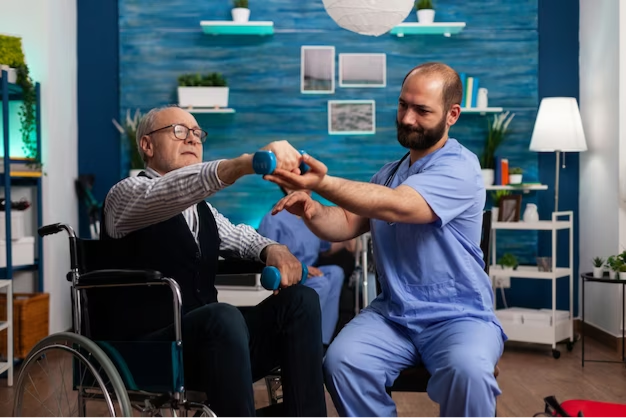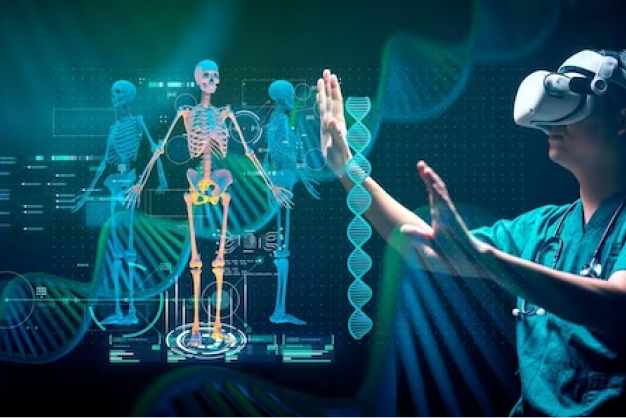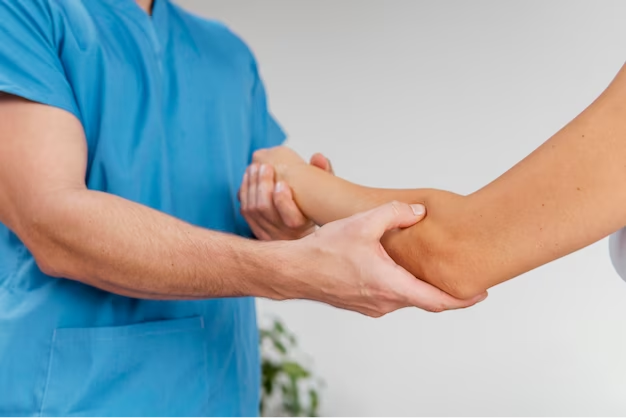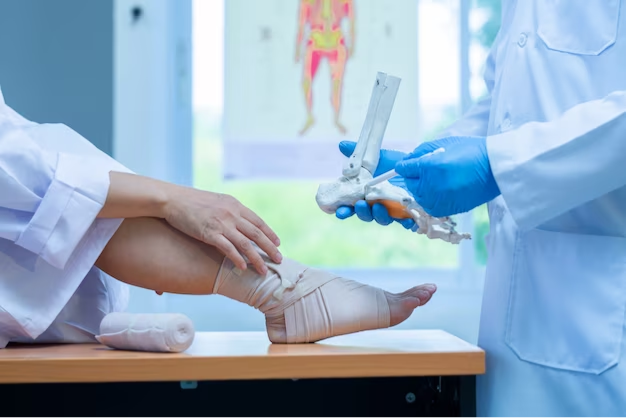Introduction
Orthopedics, the branch of medicine that deals with the musculoskeletal system, has seen remarkable advancements over the years. From surgical techniques to implant materials, innovations in orthopedics have significantly improved the quality of life for millions of people. In this article, we'll explore the exciting developments and breakthroughs in the field of orthopedics, offering a glimpse into the future of musculoskeletal care.
Advanced Imaging Technology
- 3D Printing: 3D printing technology is revolutionizing the creation of customized orthopedic implants. Surgeons can now design and print implants tailored to a patient's unique anatomy, resulting in better fit and improved recovery times.
- Artificial Intelligence (AI): AI is being employed for image analysis, helping orthopedic surgeons make more precise diagnoses and treatment plans. AI-assisted surgery is also on the rise, enhancing the accuracy of procedures.
Minimally Invasive Surgery
- Robot-Assisted Surgery: Robots are increasingly being used in orthopedic procedures. These robotic systems allow for more precise incisions and implant placements, leading to quicker recovery times and reduced complications.
- Arthroscopy: Advances in arthroscopic techniques have made it possible to perform complex joint surgeries through small incisions. This minimally invasive approach reduces post-operative pain and accelerates recovery.
Biological Treatments
- Stem Cell Therapy: Stem cell therapy holds the potential to regenerate damaged tissues in the musculoskeletal system. This innovative approach offers a more natural way to heal orthopedic injuries and degenerative conditions.
- Platelet-Rich Plasma (PRP): PRP therapy involves injecting concentrated platelets from a patient's own blood to stimulate tissue repair. It's a non-surgical option for conditions like tendonitis and osteoarthritis.
Advanced Implant Materials
- Bioabsorbable Implants: Bioabsorbable materials are being used for implants, which gradually dissolve in the body as the tissues heal. This eliminates the need for a second surgery to remove the implant.
- Nanotechnology: Nanomaterials are being incorporated into orthopedic implants to improve their strength and durability. These materials can enhance the lifespan of implants.
Telemedicine and Remote Monitoring
Telemedicine: The use of telemedicine allows patients to consult with orthopedic specialists from the comfort of their homes. It's especially valuable for post-operative check-ups and follow-up care.
Wearable Technology: Wearable devices like smart orthopedic braces can provide real-time data on a patient's recovery progress, making it easier for healthcare providers to monitor and adjust treatment plans.
Regenerative Medicine
- Tissue Engineering: Research in tissue engineering is advancing, allowing scientists to create synthetic tissues and organs that can be used for transplantation and repair.
- Gene Therapy: Gene therapy is a promising avenue in orthopedics, with the potential to correct genetic orthopedic conditions at the molecular level.
Patient-Centric Care
Personalized Treatment Plans: The future of orthopedics will focus on personalized medicine, where each patient's unique genetics and lifestyle will be considered in treatment planning.
Shared Decision-Making: Patients will play a more active role in their care, with shared decision-making becoming the norm.
Conclusion
The future of orthopedics is filled with exciting innovations and breakthroughs. These advancements promise more effective treatments, reduced recovery times, and improved outcomes for patients with musculoskeletal conditions. As technology, regenerative medicine, and personalized care continue to evolve, the field of orthopedics is on the cusp of a new era, where orthopedic health and quality of life can be enhanced to unprecedented levels. Patients can look forward to a future with better orthopedic care, improved treatments, and more tailored solutions for their unique needs.




